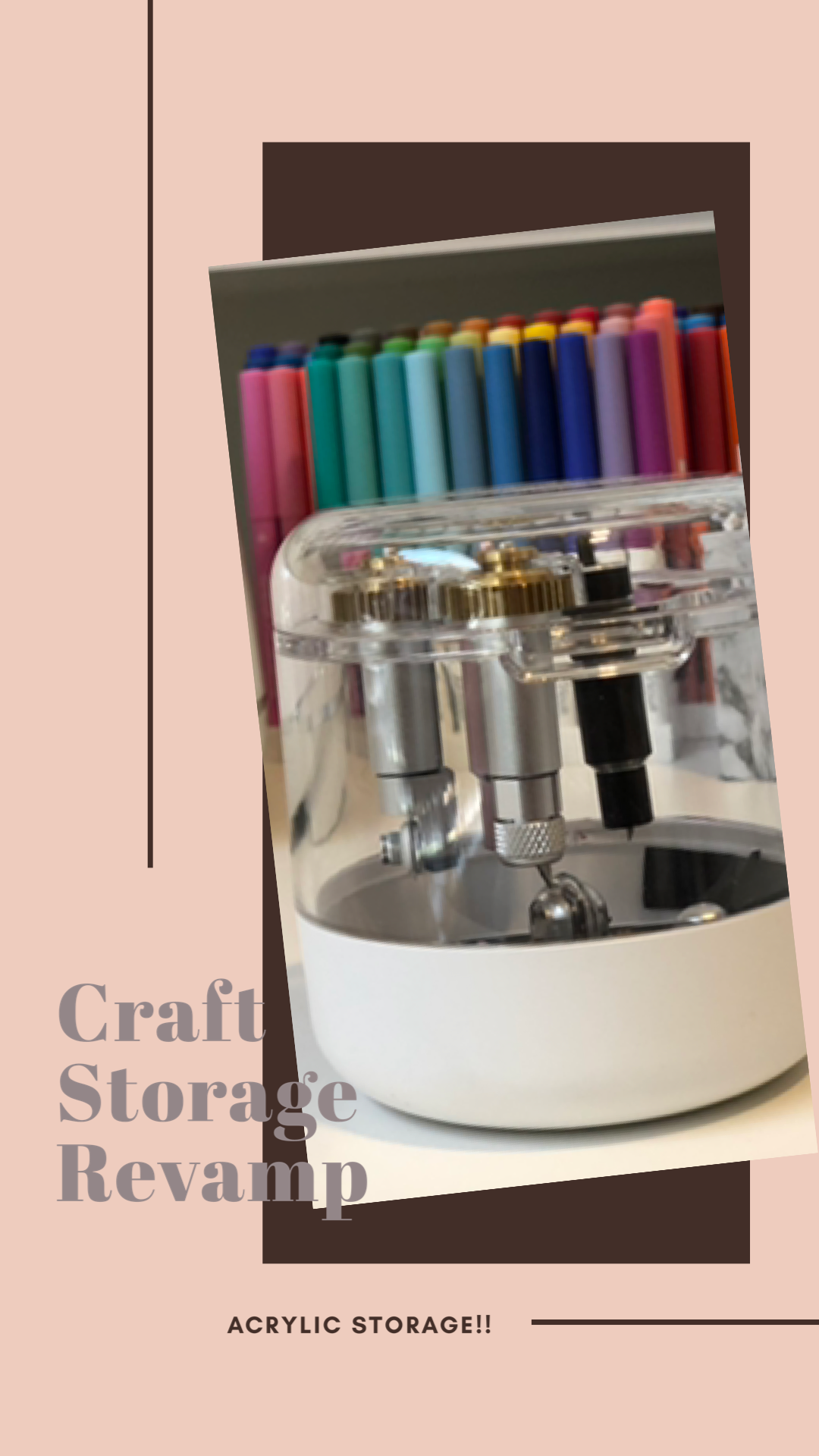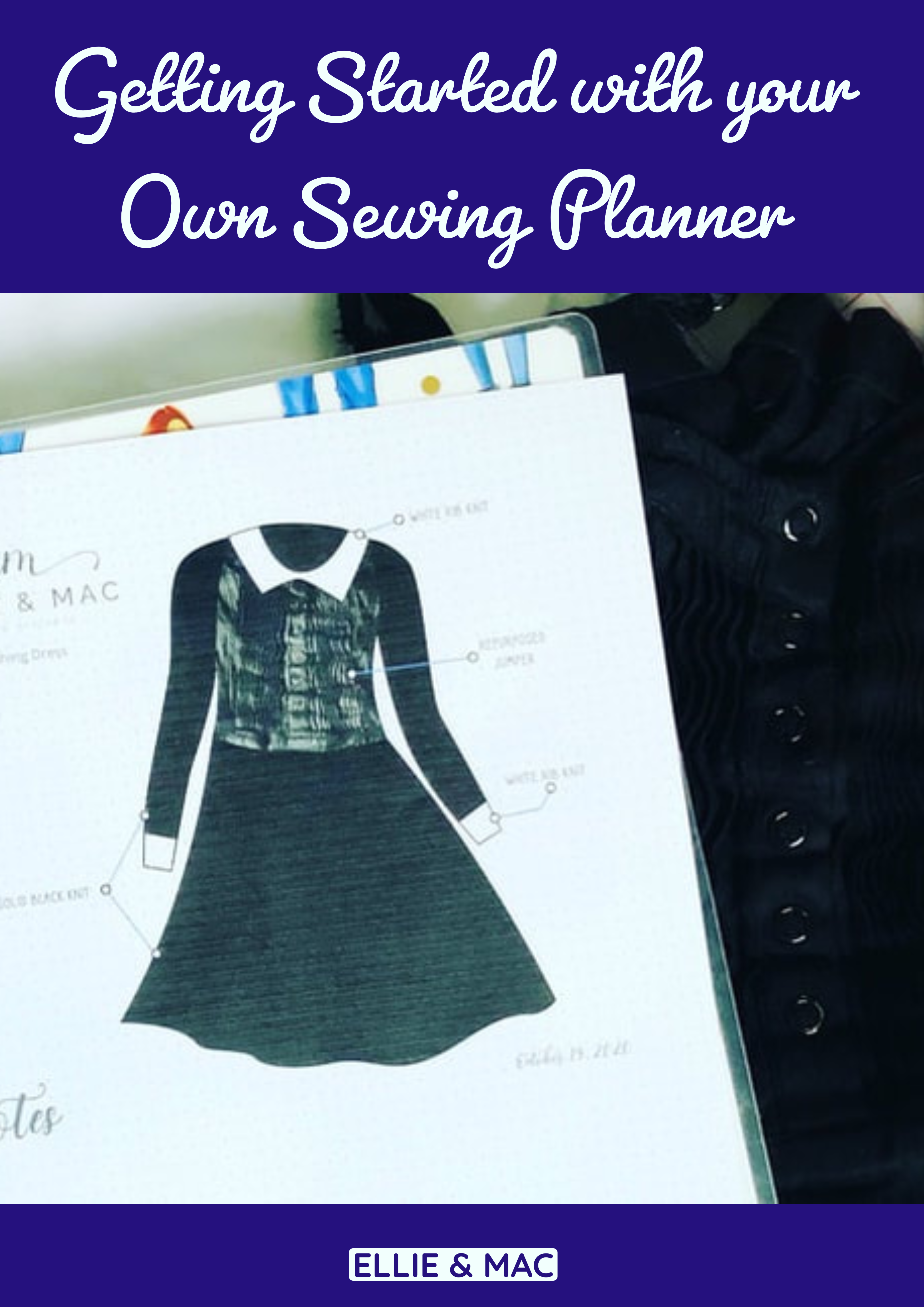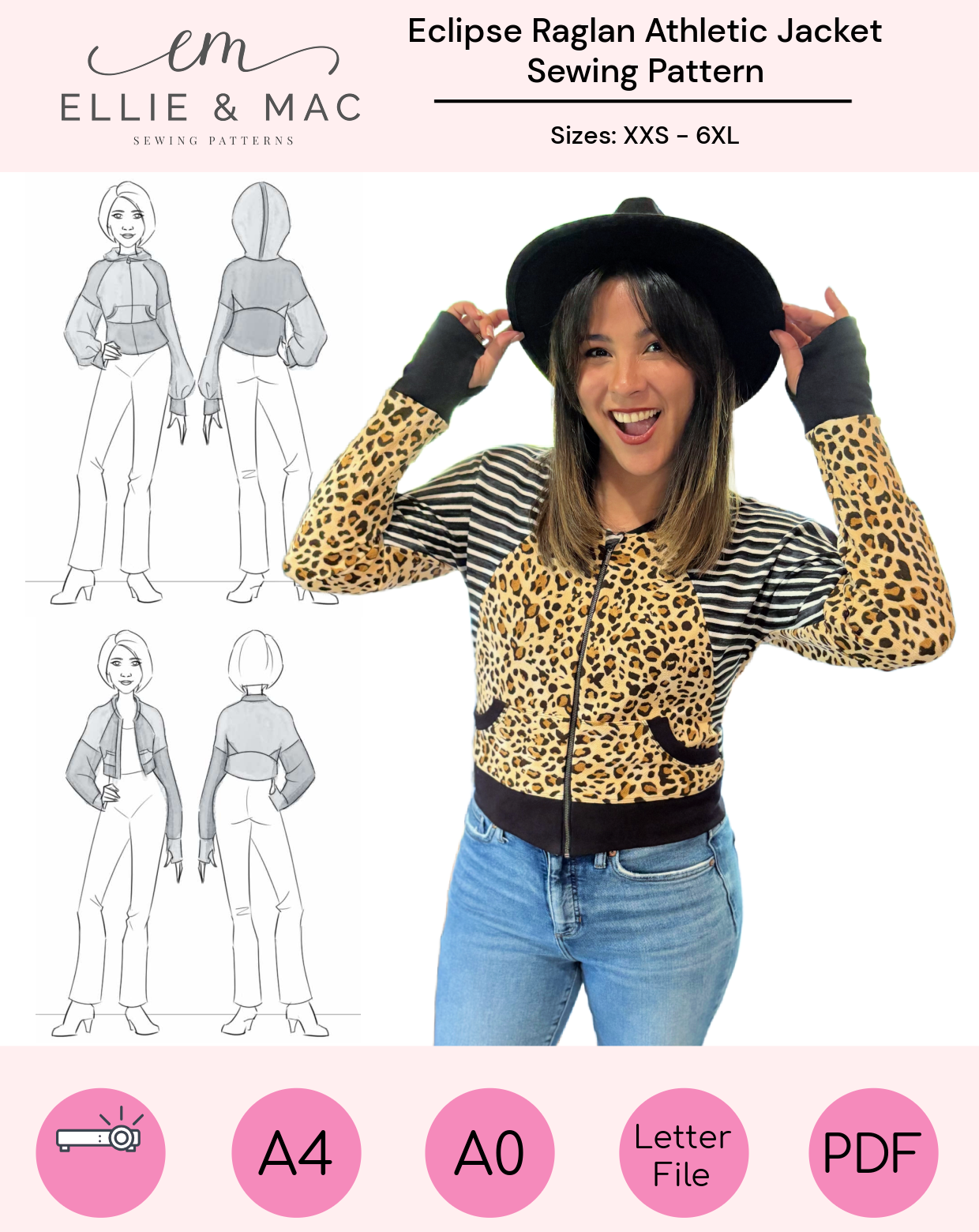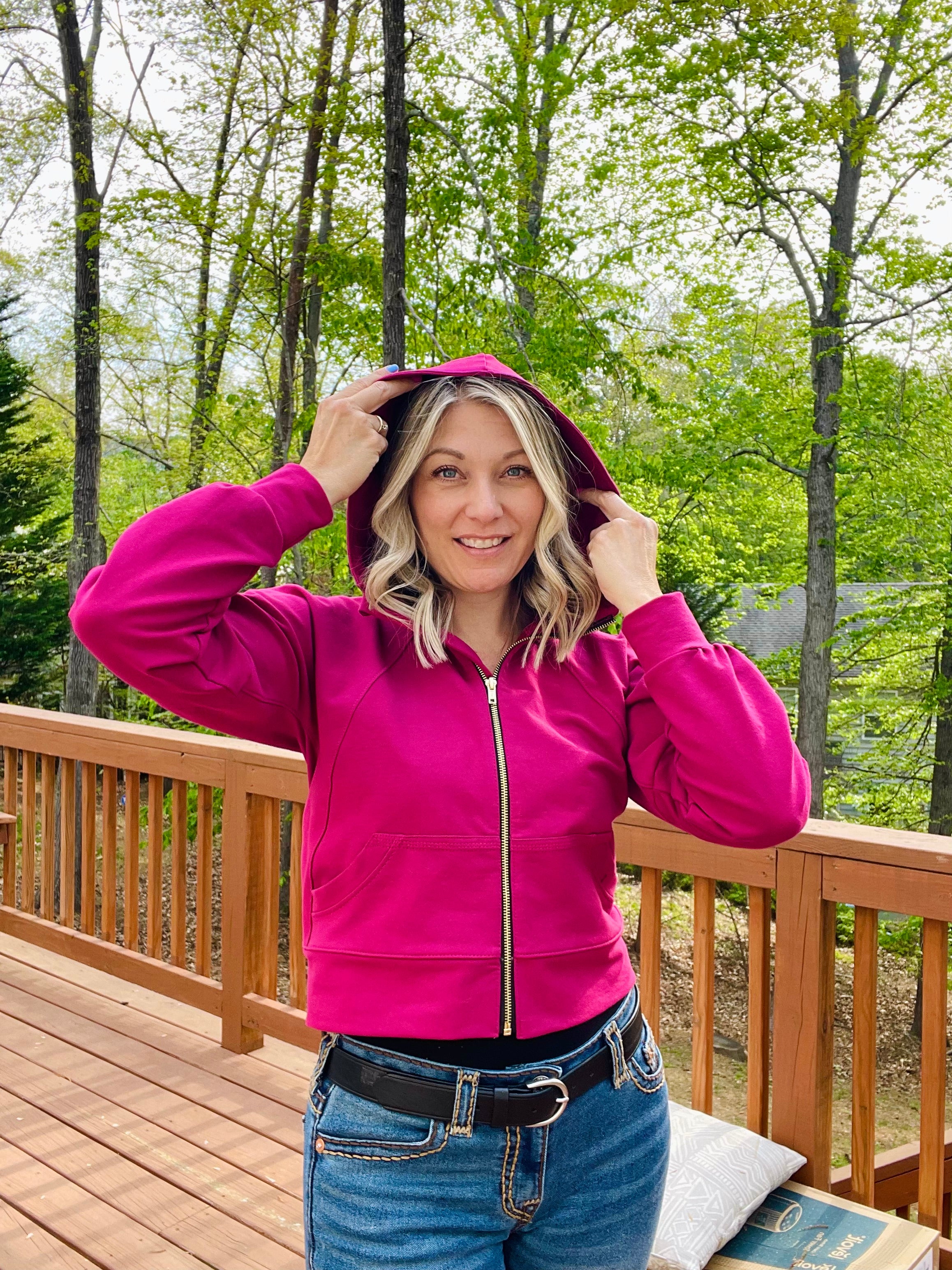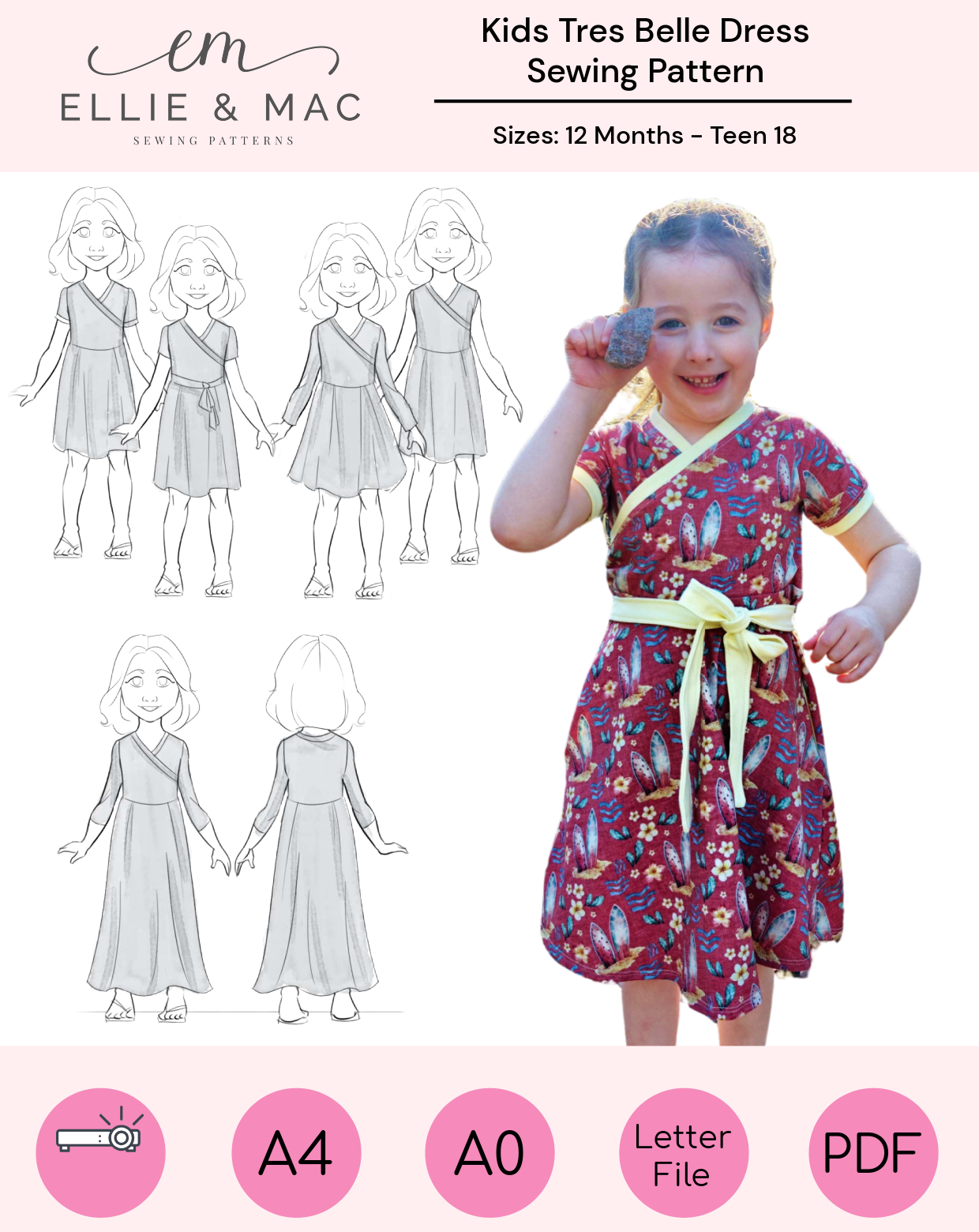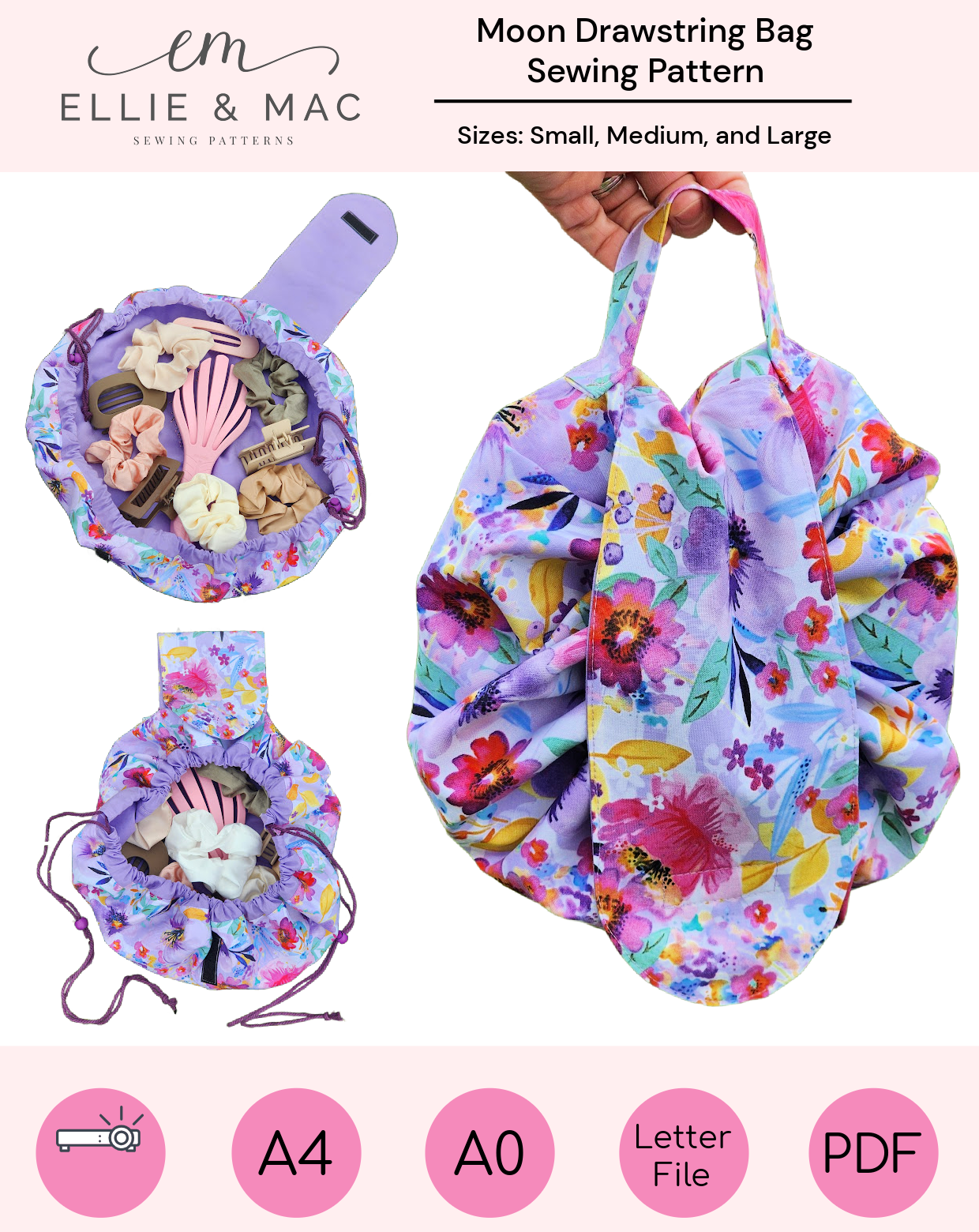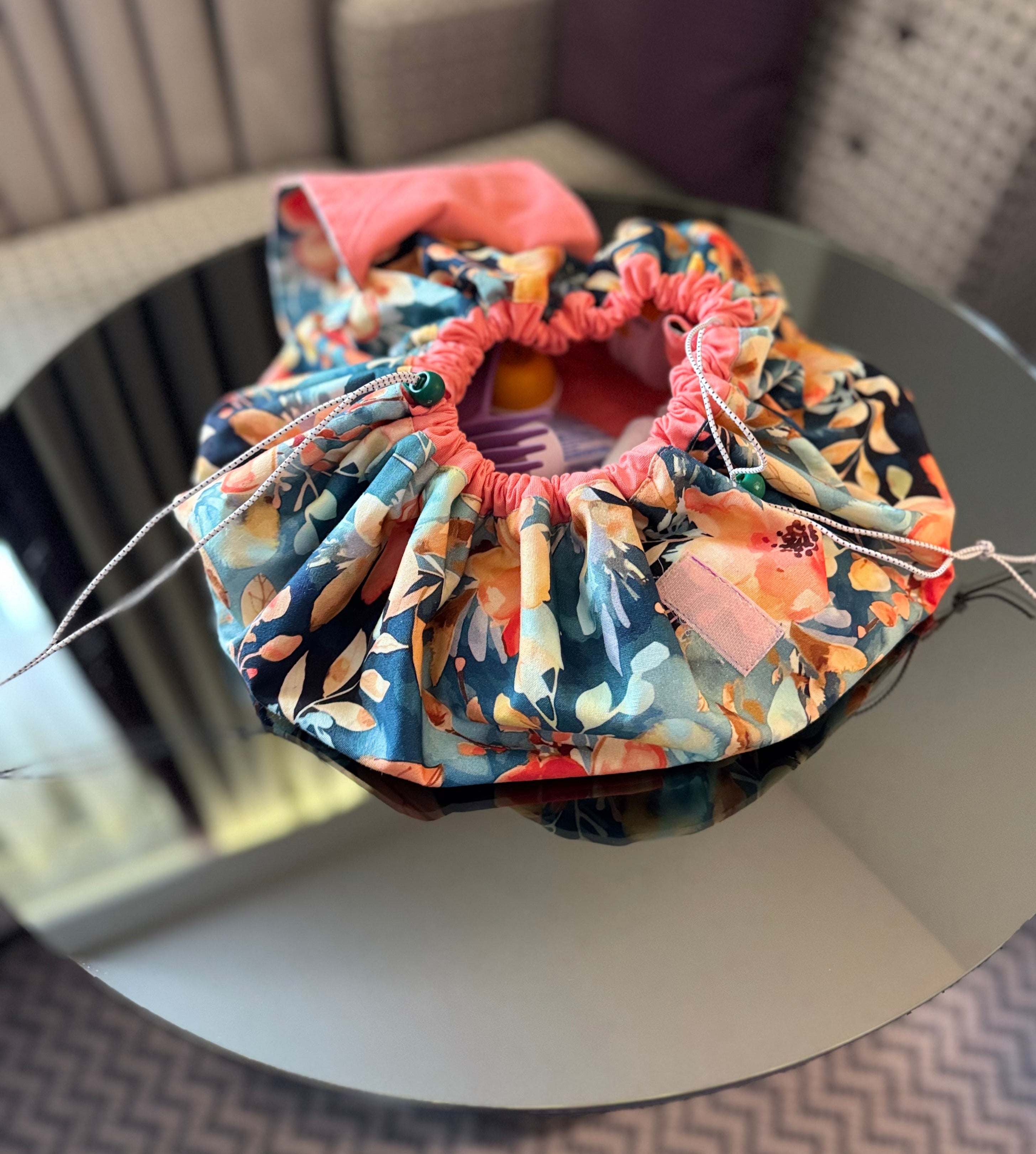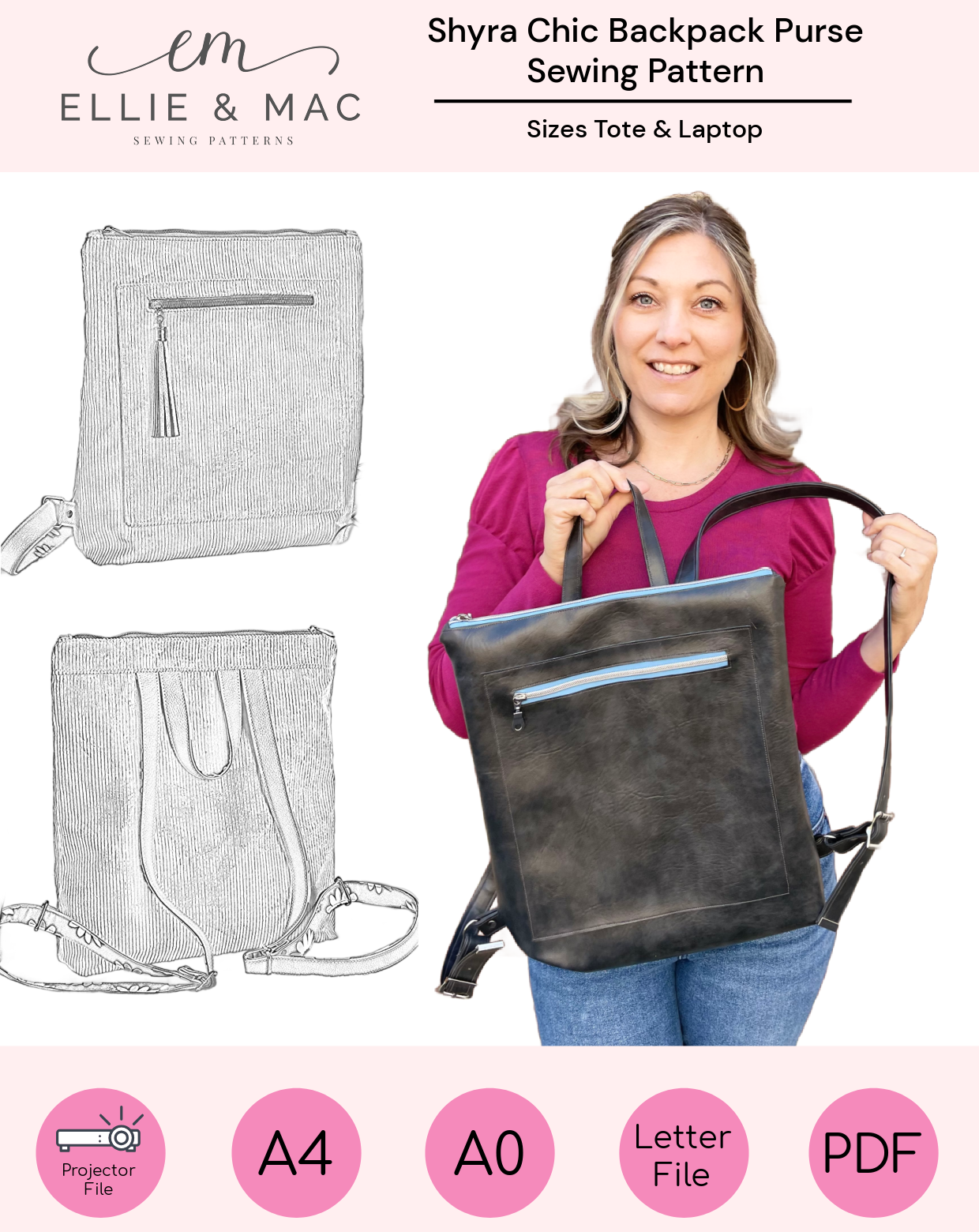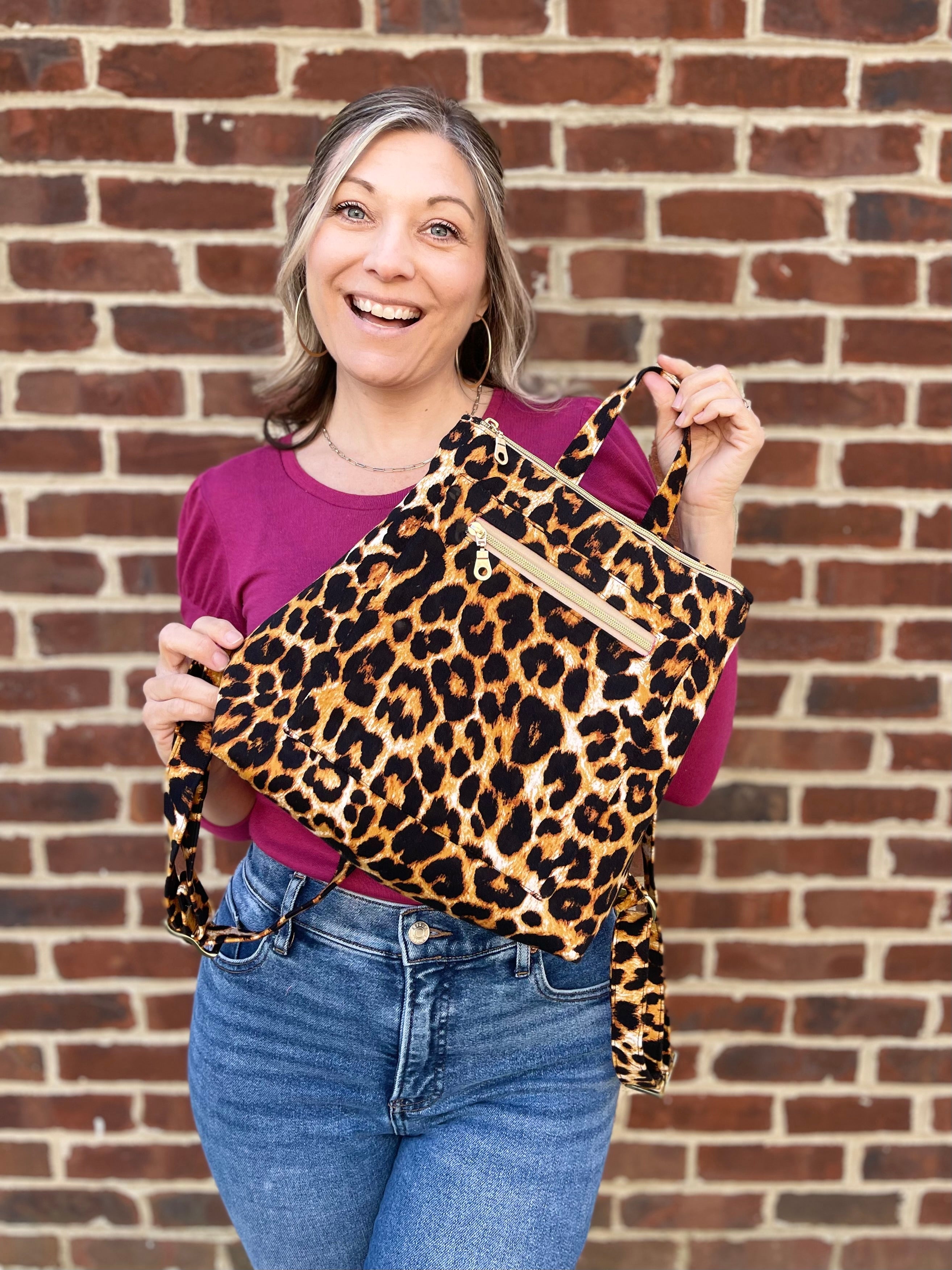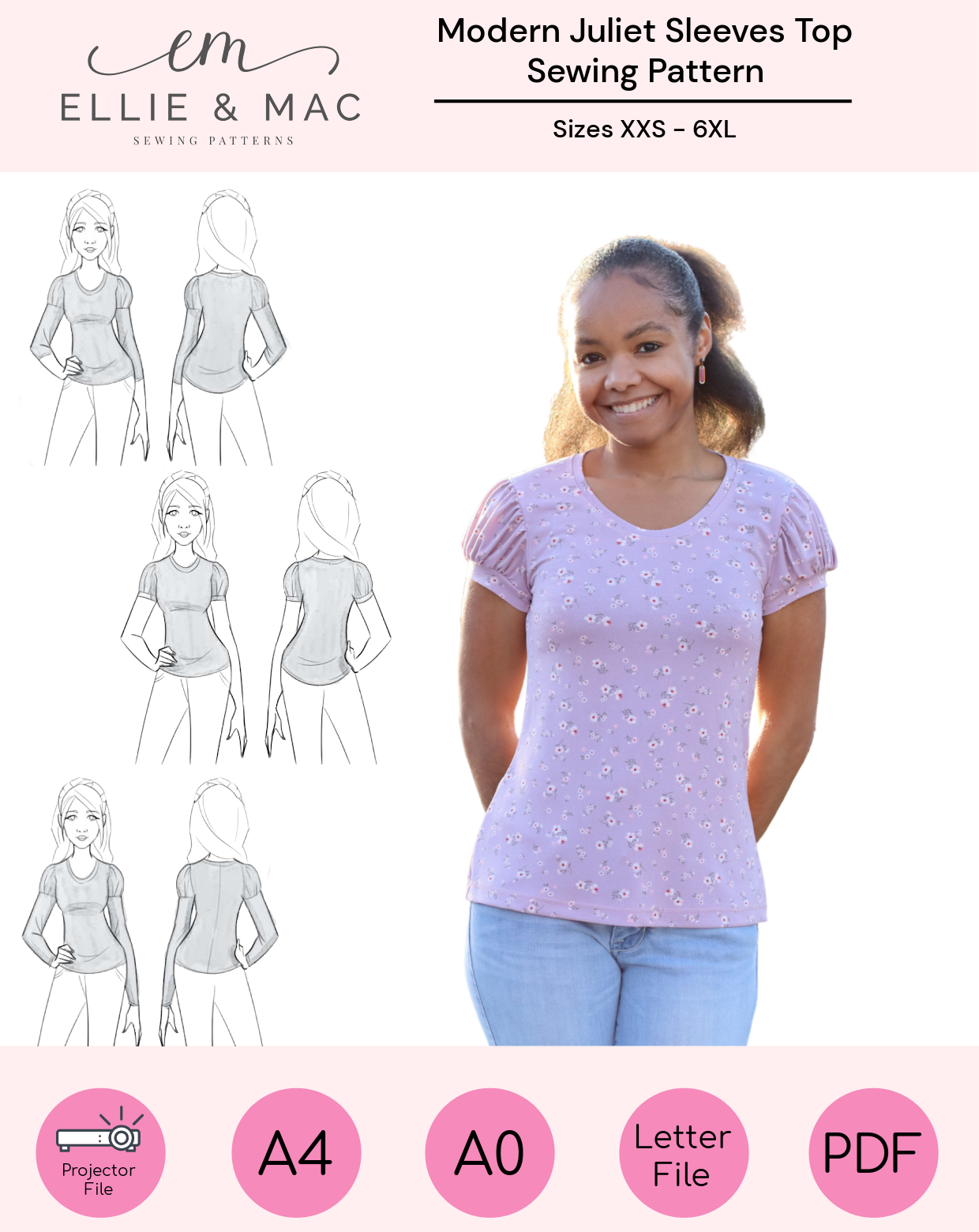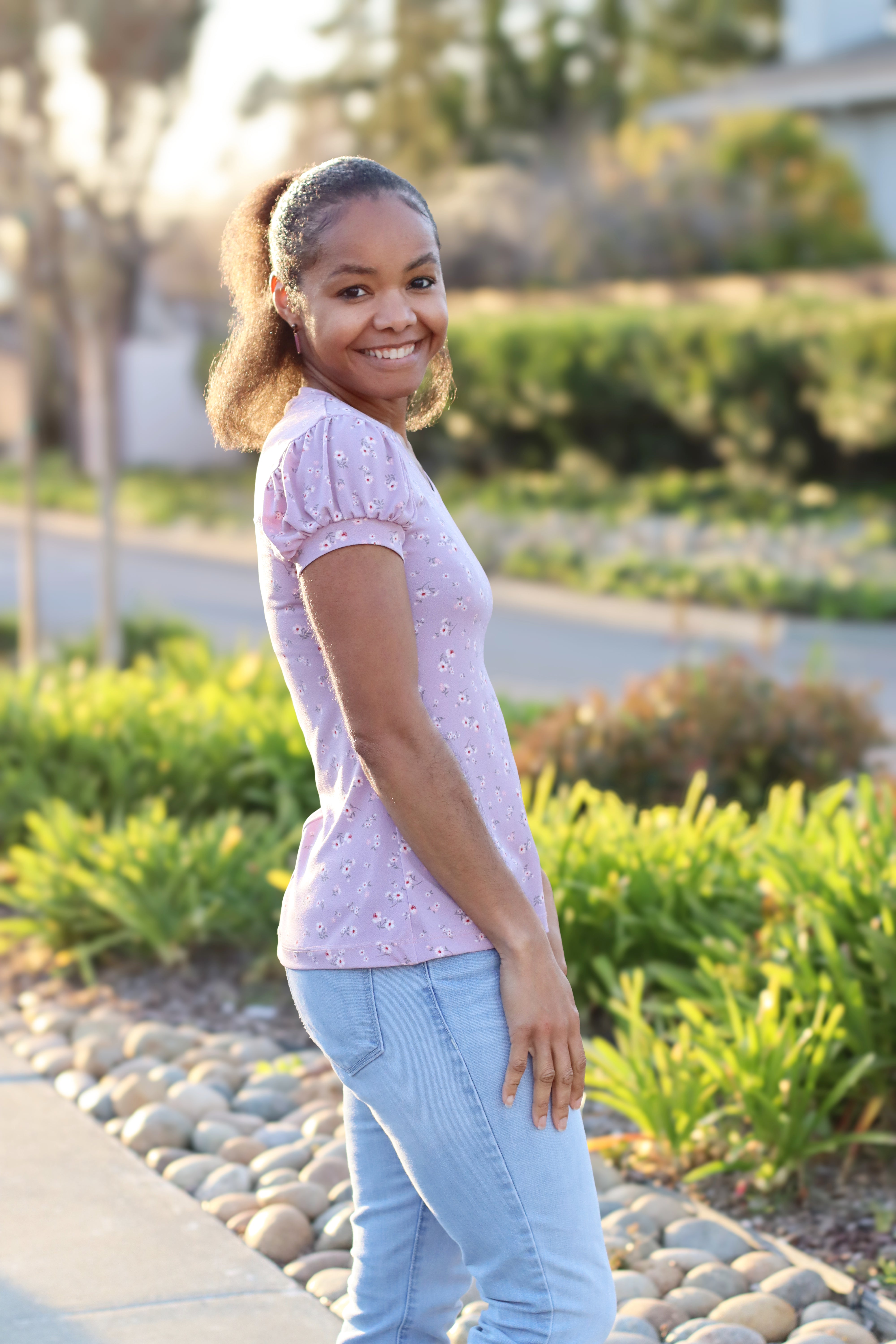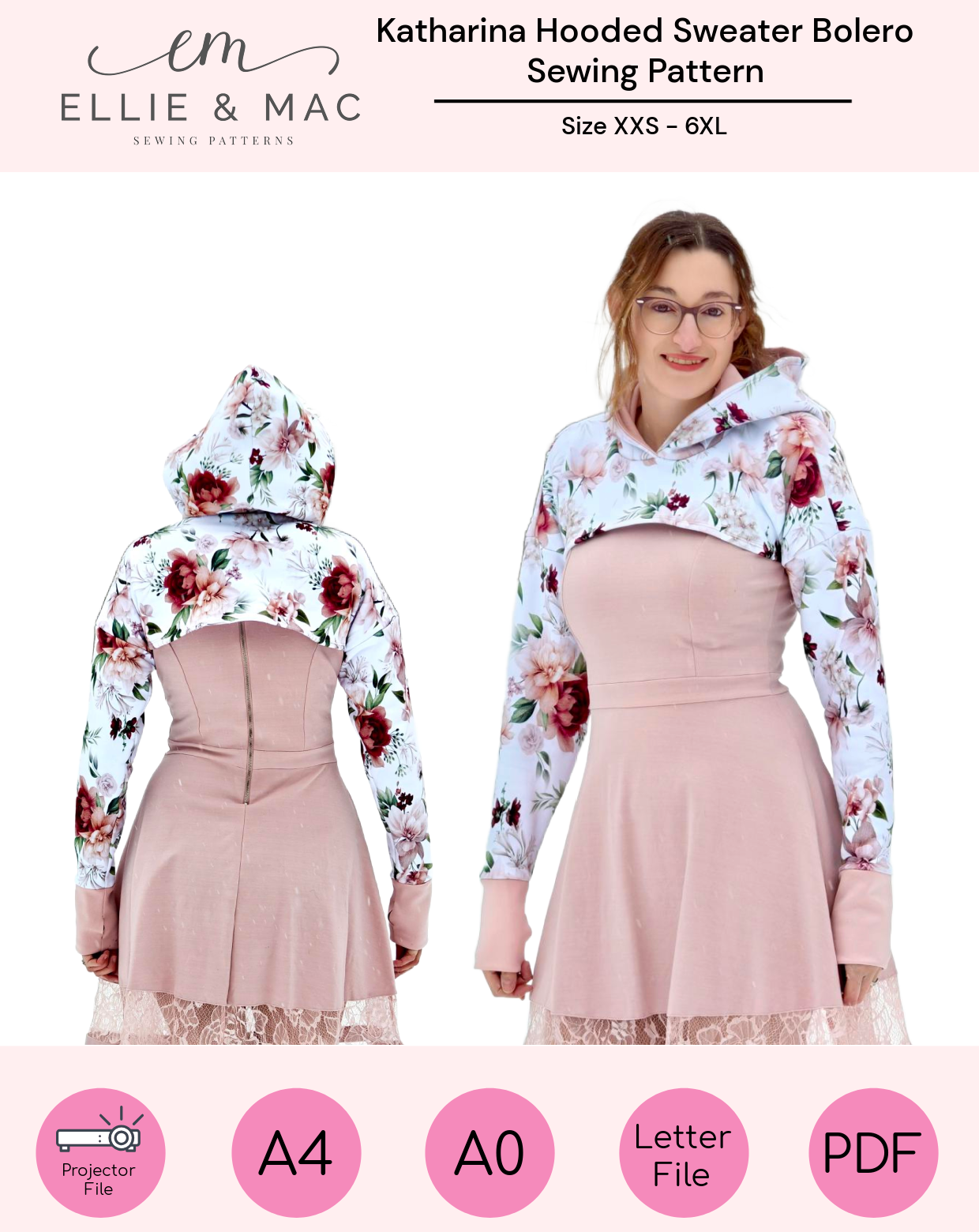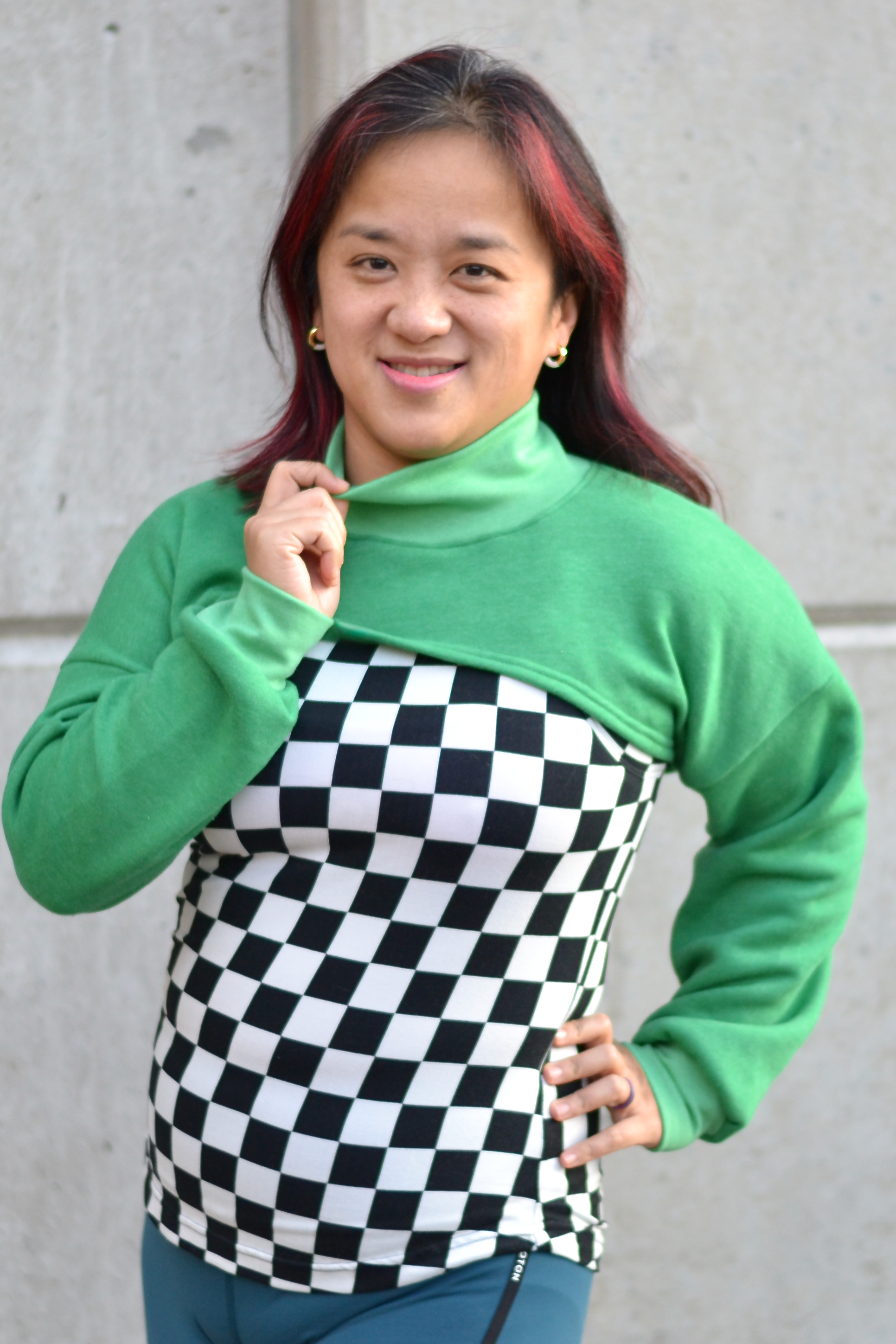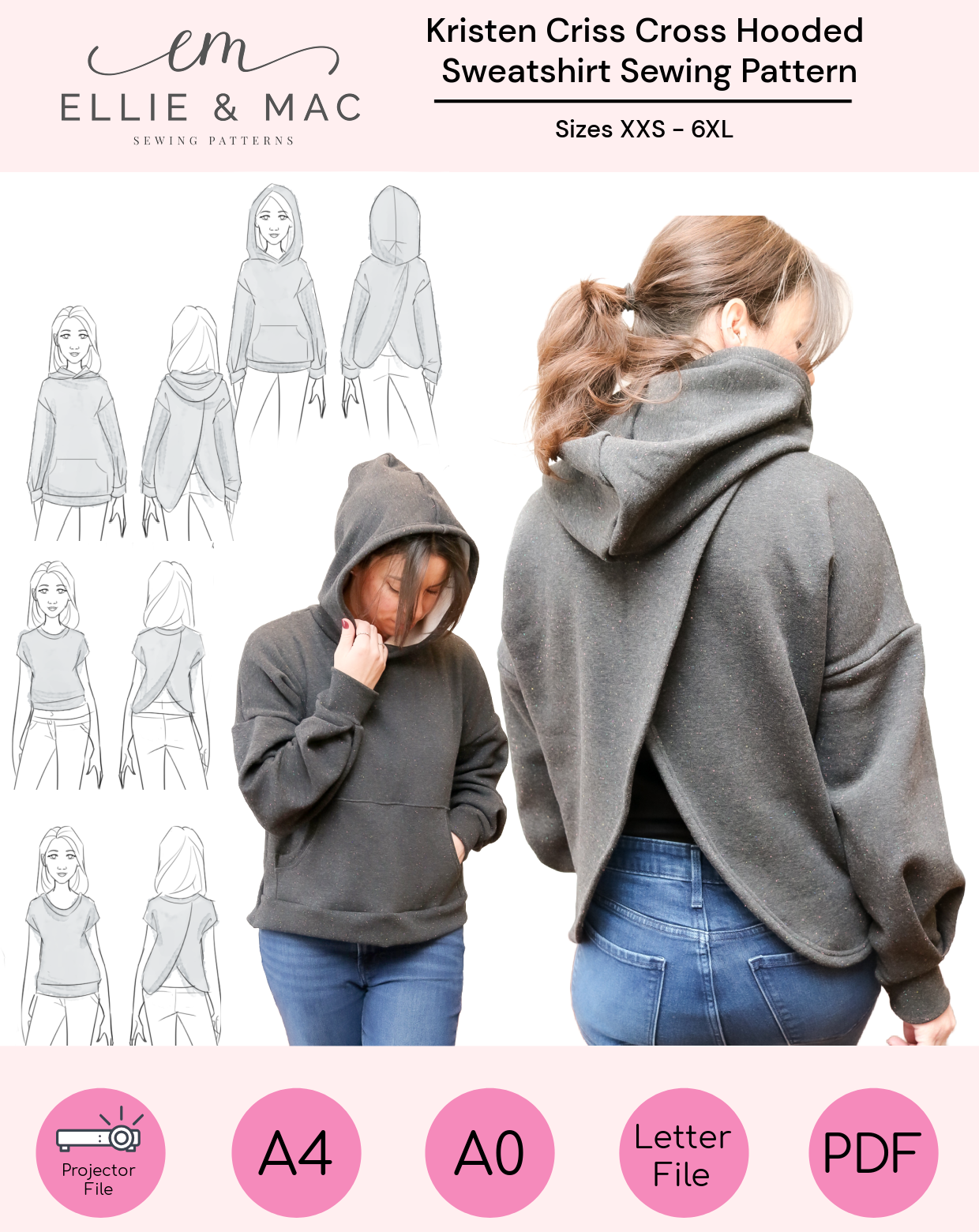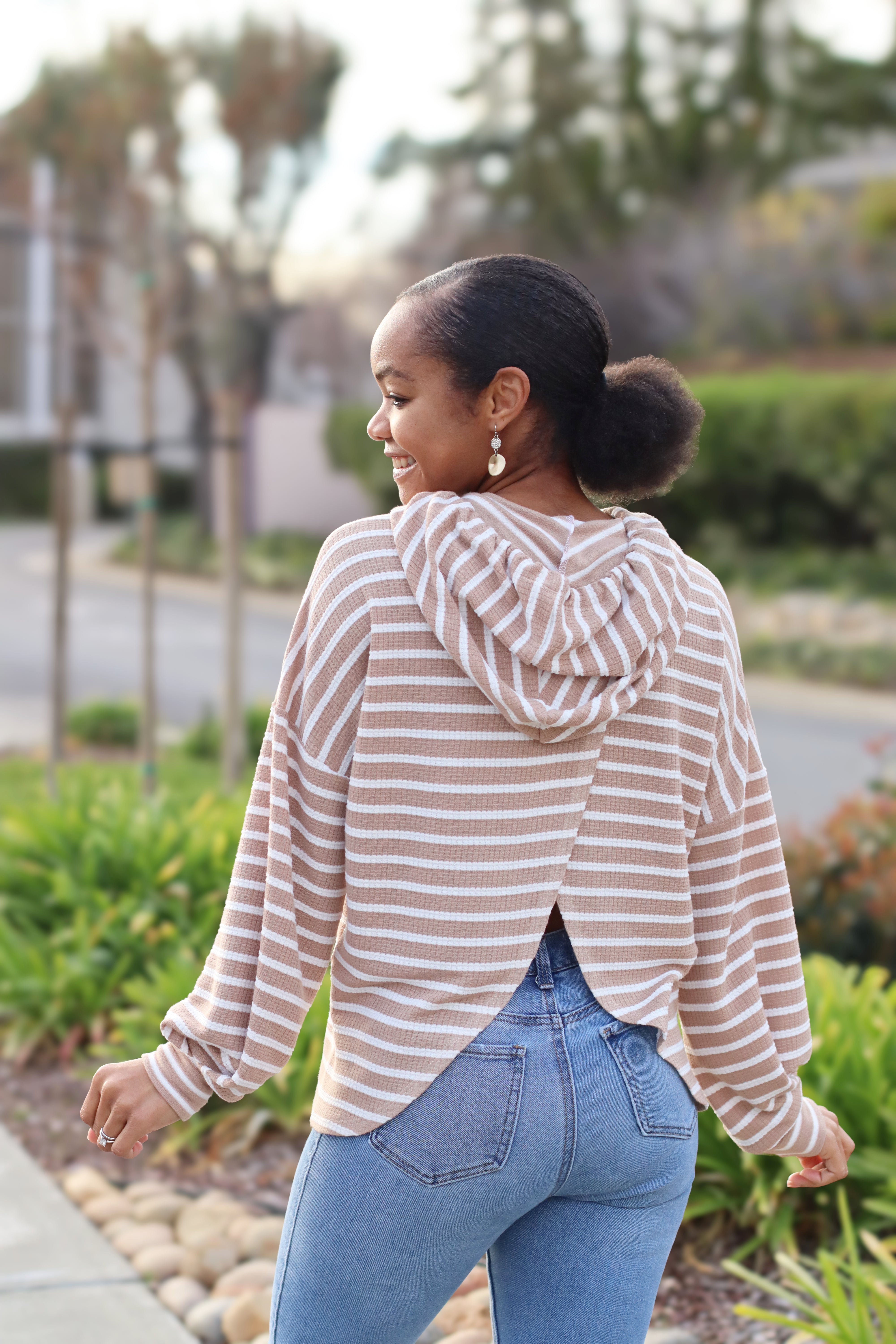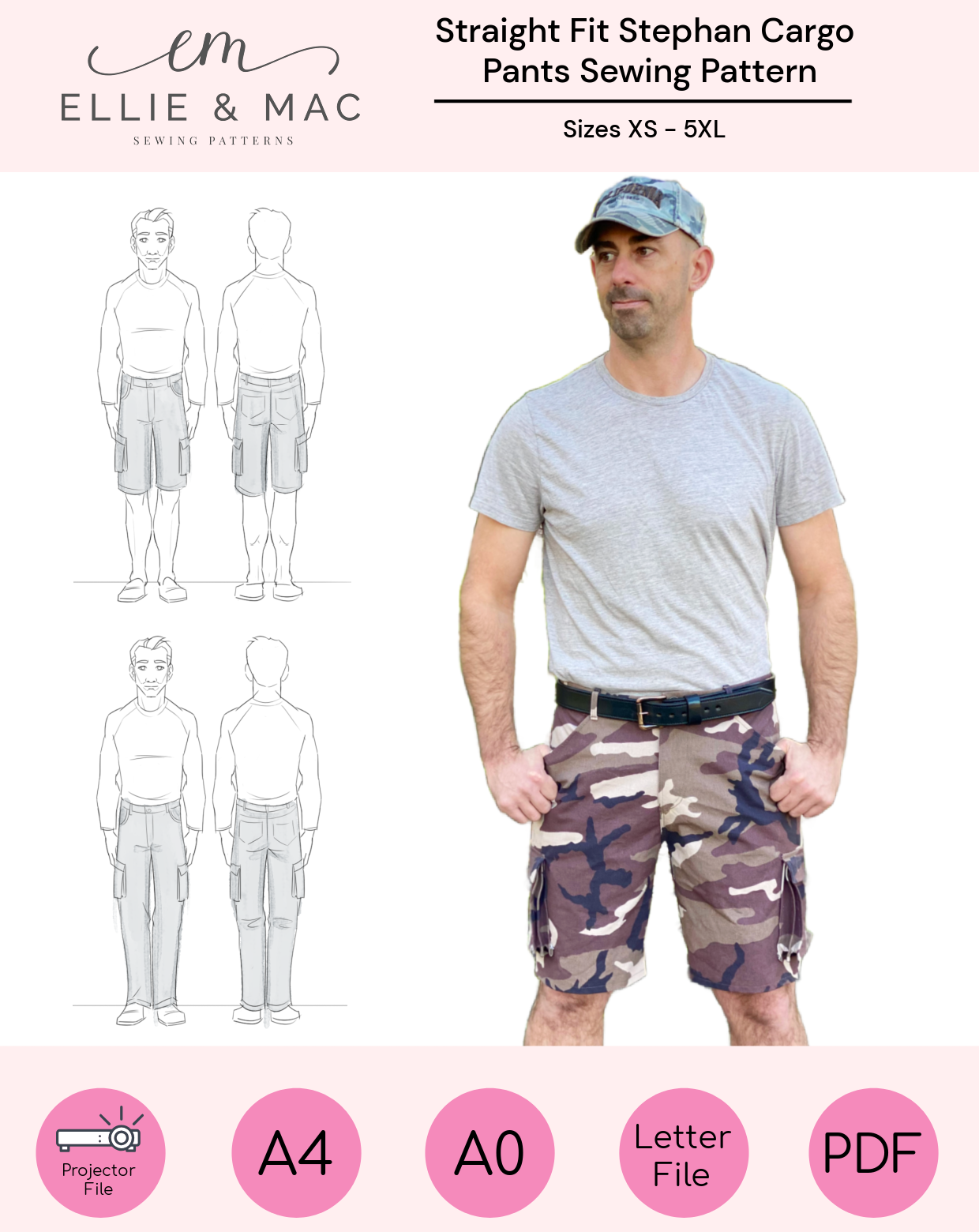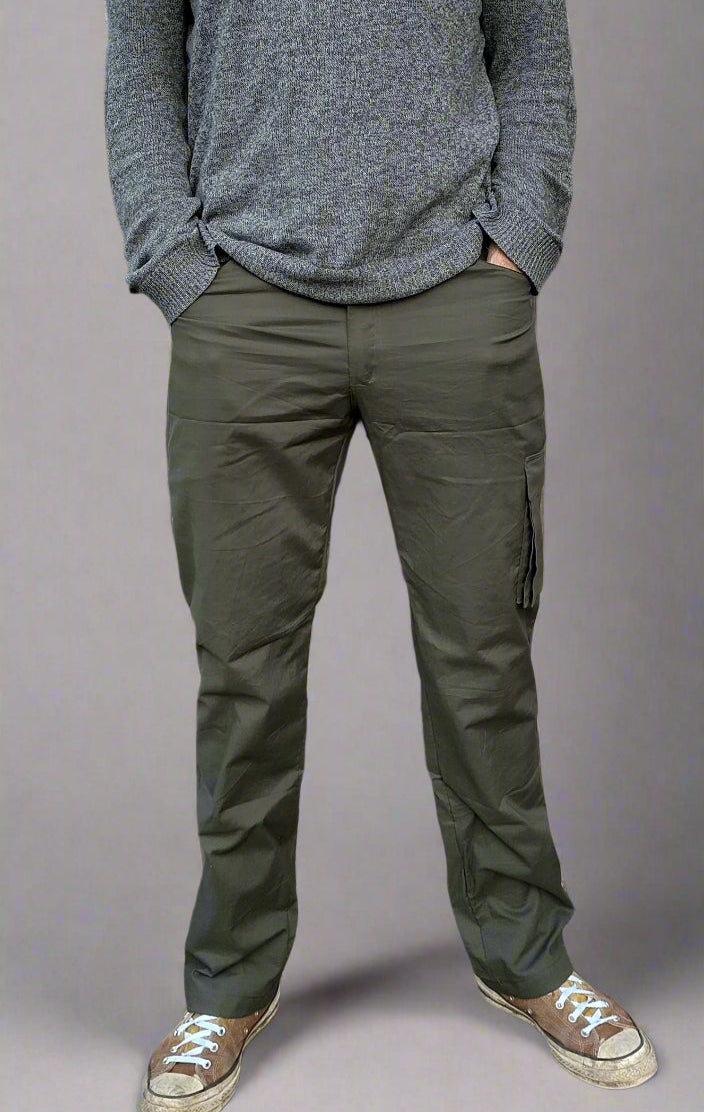
Hello sewing friends! Andrea here from SewnSilly! As the weather in the New England keeps teasing me with hints of cooler weather here and there (and my goodness it’s December!), I was looking through Pinterest for Fall Inspiration to get my sweater weather juices flowing. I noticed lots of styles with high low hems with sweater knits and boots, which got me thinking about the Be Greater pattern. Now, I’ve always looked at this pattern as more of a Spring/Summer one – the cover photos give it more of a warm weather vibe. But I had a vision, and this pattern was my ticket to get there. I bet you thought these photos were for a new Fall pattern! Well, let me take you through the process of achieving this look. It’s actually pretty easy and uses a few simple beginner techniques. For example, that button placket? Fake! Read on, sewing friends!
My first step was to size up for a looser fit, thinking I wanted a slouchy and roomy top, also considering layers under this for Fall. My usual E&M size is large for tops, so I sized up TWO sizes to make an XXL.
Next was laying out my pattern pieces. To achieve my look with the button placket, you will need to add width down the middle of the front bodice. You will see soon that my technique is bit like a pleat, so essentially you need to add width to make the pleat work. I did this by adding an extra three inches beyond the edge of the bodice front pattern piece (since it is cut on the fold). Basically I just shifted the folded center front of the fabric to extend three inches beyond the edge of the pattern piece. Be sure to mark a seam line at the original width line of your pattern piece as this will be your stitch line. Then cut the front and back bodice pieces (do not add any extra width at the back) and neckband piece plus the sleeves. I also did extra-long and cozy cuffs on this pattern, so if you decide to do that piece of the hack too, then shorten your sleeves by however long you want your cuffs to be. Mine were about six inches long finished length, so 12 inches long unfolded.
Also note that AFTER I fully assembled my pattern, I then cut a lot of the length out of the back and smoothed out the high low look a bit. Although I wasted a small amount of fabric, I didn’t want to make this change until I had tried it on. If you want to achieve my look, I probably cut a good six or more inches off the back. You could take a few inches off of the back now and then a few inches later to perfect – that may be a good compromise!
To make the cuff pieces, I sort of eye balled the flat lay sleeve and then cut a cuff about 80% as wide in my desired length. I curved the pieces such as I have seen in other patterns to get a tapered look once I attach them.
Time to get sewing! First, using that stitch line you marked, sew with a straight stitch down the width of your bodice.
Next, take your front bodice piece to the ironing board. Unfold your bodice and lay it out flat on your ironing board. Press your newly sewn pleat flat, doing your best to center it along the front of the bodice.
Once you are happy that your pleat is flat and centered, top stitch down the edges of both long sides of the pleat. Do not worry about top stitching the short sides – you will be hemming the bottom and attaching the neckband which will take care of those edges.
Your bodice should look like this:
Next, attach your neckband per the pattern instructions. I chose to do a neck binding instead of a band for my version. I have a pretty simple process for bindings that it not particularly high tech. I use the original band piece but I do not fold it lengthwise before I attach it – I attached it unfolded with right sides together, then I fold over to the wrong side encasing the seam, then I use my coverstitch machine to top stitch. When all done and pressed, I simply cut off the excess band fabric on the inside of the garment.
From here, you assemble the rest of the top per the instructions – attach the sleeves flat, then sew up the side and sleeve seams. Since I did these awesome long cuffs, my next step was to stitch up these lovelies and then attach them to the garment:
My next step, before attaching the buttons to the faux placket, was to try on the top and determine my final desired length and shape of the high low hem. This is personal preference and a little bit of trial and error. I just kept cutting until I was happy with my look. I then hemmed the top. Last step was sewing on my buttons, which I saved till the very end so I could space them on the final garment taking into account final length.
And that’s it! You get a whole new look from a really great pattern. If you like my hacks, I would love for you to use my affiliate link to check out the pattern – Be Greater Pattern
Happy Sewing!
Andrea @SewnSilly (check me out on Instagram!)

If you're a beginner, check out our free sewing patterns here.
See our video tutorials for beginners here.


